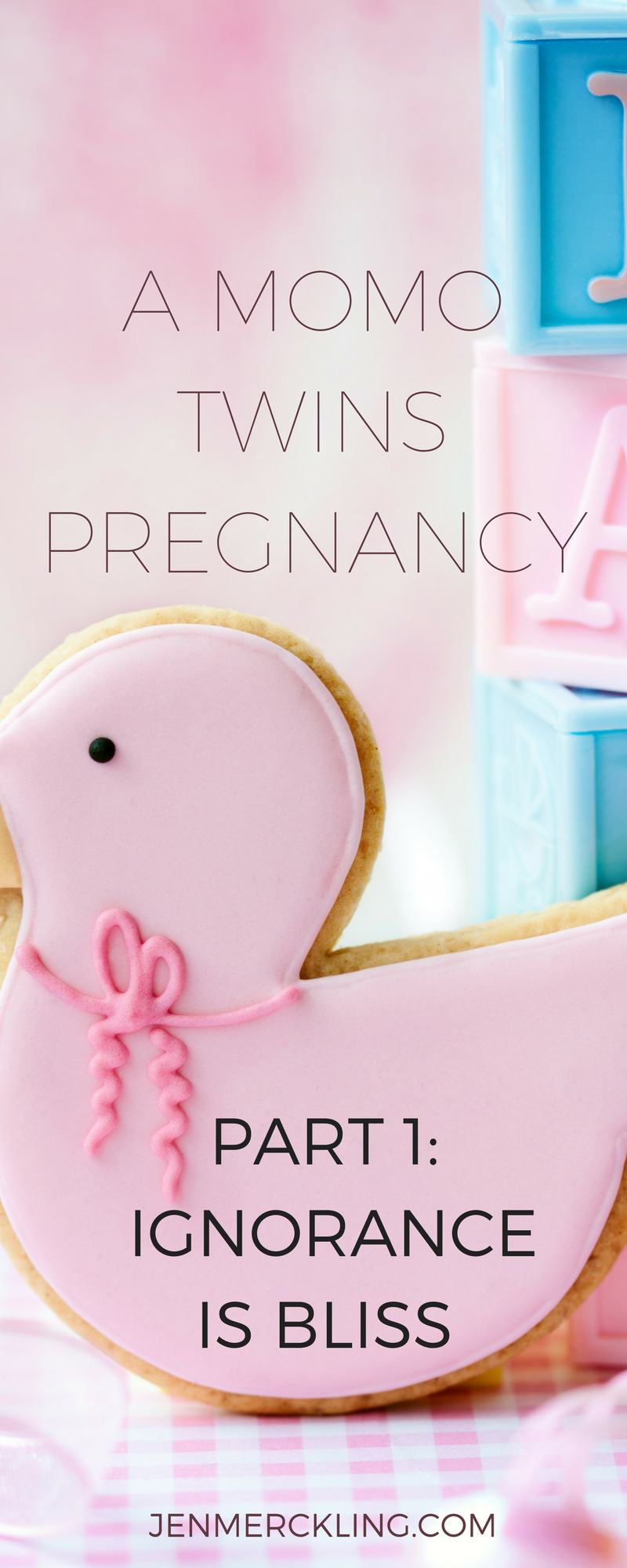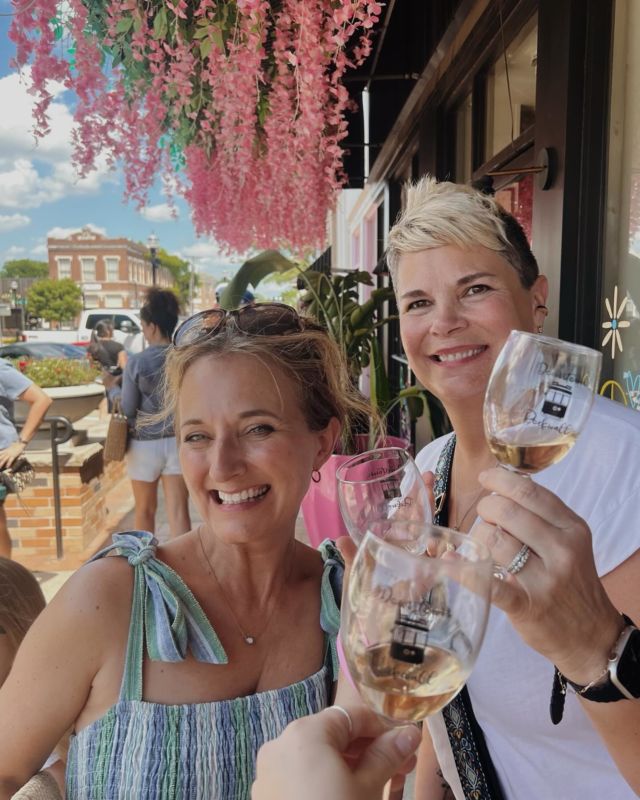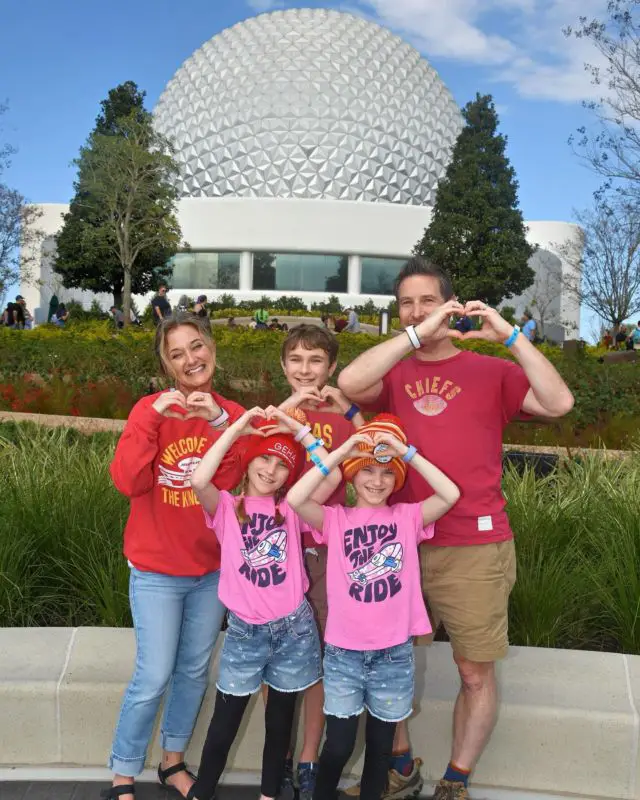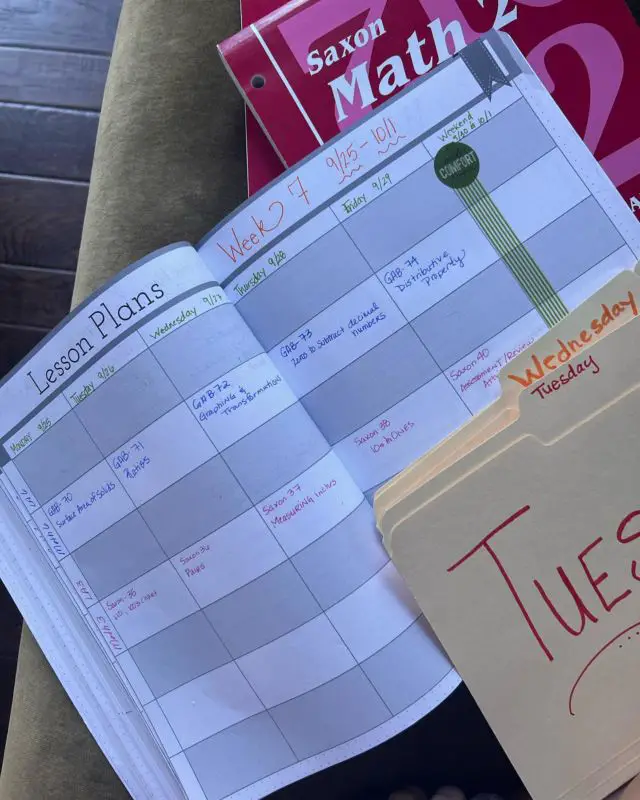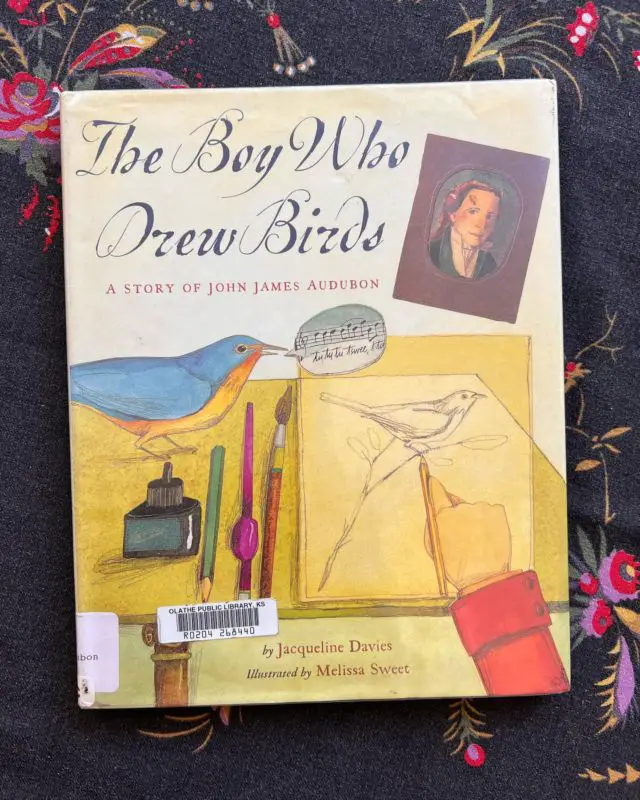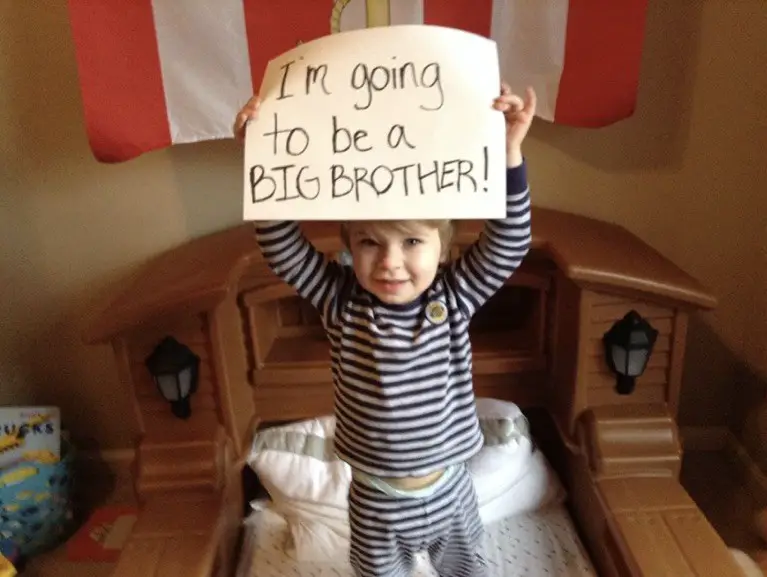
Surprise of My Life
Perinatologist (high risk OB): “So when did you know you were having twins…?”
Me: “What?! I didn’t! I am?!” (Shrieks and proceeds to freak out.)
During the ultrasound prep, I’d been nervously blabbing on about hoping for a twins pregnancy —I’d always wanted twins, and hey—maybe this time…I think quoted some facts about how the chances of having twins increases as we get older—apparently, our bodies just start dumping out eggs. And something about having 4 or more children increases the likelihood of a twins pregnancy …So if I was ever going to have twins, pregnancy number 5 at age 36 seemed like my best shot! (Facts which are indeed true—for having fraternal twins. Turns out, I was pregnant with identical twins, a completely random and universal phenomenon that happens 1 in 285 pregnancies). After all my jabbering about twins, the doctor thought I somehow knew I was pregnant with twins…yeah—NO.
Momo Twins | Post Series
- A Momo Twins Pregnancy Part 1 – Ignorance is Bliss
- A Momo Twins Pregnancy Part 2 – It Get’s Real
- A Momo Twins Pregnancy Part 3 – Ready or Not, Here Come the Babies!
His startling question left me beside myself. Overjoyed—is an understatement. Never has anyone told me such amazing, surprising, and exciting news…And of course—my husband, Jason, wasn’t even there! After four previous pregnancies, we weren’t overly concerned about this particular ultrasound. My regular OB had sent me to see the perinatologist because of my “advanced age,” and to officially date the pregnancy—just standard procedure. We knew there wasn’t a lot to see at 7 weeks…or so we thought.
I’m sure I continued the conversation by giggling, asking the poor man if he was sure or if he was kidding me (perinatologists don’t joke, friends). Sweet doctor…he wanted to join in my excitement…but there was something on that screen. He was mumbling a bit to himself, using some fancy word I’d never heard…monoamniotic, and he called for another doctor to come take a look.
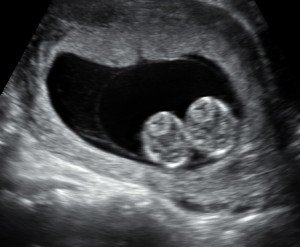
Strangely, I didn’t feel upset or worried—which I’m kind of an expert at. I was just high on this news of twins…The doctors then began explaining that my babies may be sharing an amniotic sac, and they were trying to find the separating membrane (they were telling me all this as if I had some sort of clue that twins needed their own amniotic sac—who knew?!). The doctors explained at this early in pregnancy, the membrane could be hard to detect. They seemed hopeful that they might find it in a few weeks—indicating two separate amniotic sacs. They gave me a little information sheet on the various types of twin pregnancies and told me to come back in 3 weeks for another peek.
Guess What Guys…?! Breaking the News to My Family
I was shaking with joy and could not wait to tell Jason—I called him in the lobby of the building…he was driving. I gave him the most amazing, surprising, and exciting news of his life—so that was fun! I think everyone in the lobby also got an earful. We were both shocked and bursting…wow. Just wow.
Interestingly, my older kids did not share our initial enthusiasm. The appointment ran late, which meant I was running late in getting our daughter to gymnastics practice. She was far more concerned about being late for gymnastics than my news (yep, empathy was not her best quality at age 13)…My oldest son (age 14) told me congratulations—which was sweet, but he is always a little subdued in his reactions. My younger daughter (age 10) started crying and was concerned that we would need to move or get a bigger car. Thank goodness the two year old was excited!
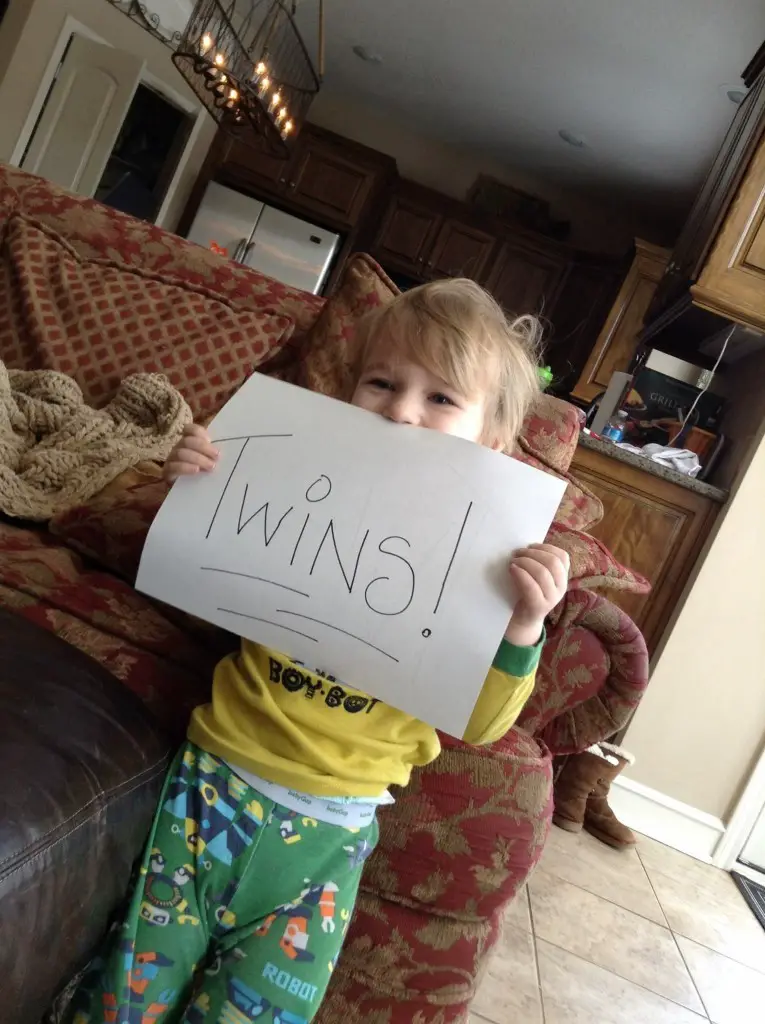
Against My Better Judgment (and the Advice of Professionals)…I Googled
Of course, the next logical thing to do was Google—monoamniotic twins. Googling a health topic is foolhardy business, but who can help themselves? It doesn’t matter if I’m looking up skin rashes, splinters, or heart palpitations—I will come to the conclusion that immediate medical attention is needed.
What I found out about a monoamniotic twins pregnancy was certainly disturbing…it is only in recent years that the survival rate of monoamniotic twins has improved from 50% to 81-95% (many sources continue to say 50%). I learned that because monoamniotic twins (often called momo or mono mono twins) share an amniotic sac, their umbilical chords become entagled—cutting off oxygen. Doctors have begun admitting mothers into the hospital once their babies reach the age of viability (for us this was around 23-24 weeks) to begin constant monitoring. This careful monitoring has led to the significant reduction in momo twin deaths.
I found another statistic that gave me hope. Monoamniotic twins occur in only 1 in 30,000 to 1 in 60,000 pregnancies, or 1% of all twin pregnancies. Surely the doctors would find the separating membrane…Surely we weren’t the 1 in 30,000.
Our twins pregnancy story continues…Part 2.
All About Twins Pregnancy — A Cheat Sheet
So just in case you are curious…I’ve got a little twin cheat sheet for you. Here are the various types of twins:
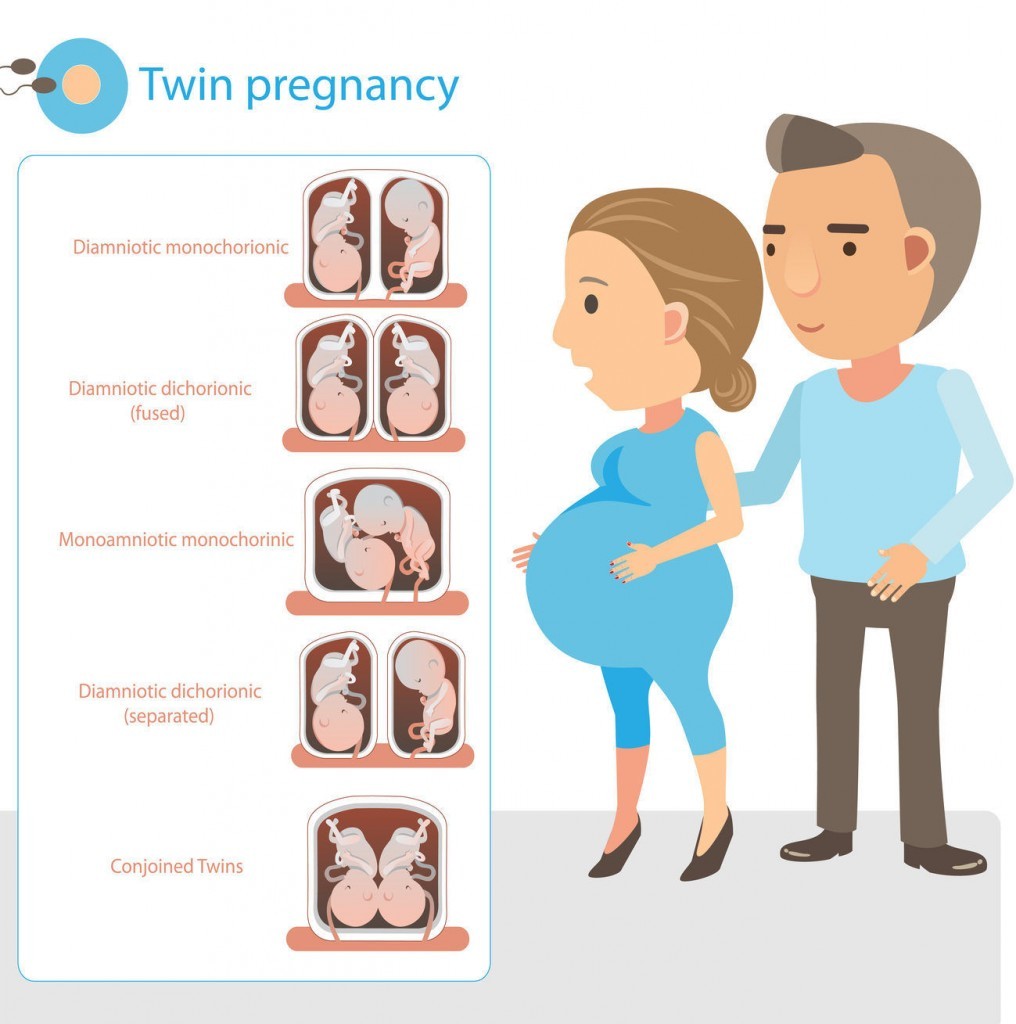
Fraternal:
These sweet twins come from 2 separate eggs and sperm—and are genetically like any other siblings. You can have boys, girls, or a mix. This type of twin can run in families, and there are other factors that can increase the likelihood of having fraternal twins—such as maternal age and the number of previous pregnancies. These babies have their own amniotic sac and their own placentas (however, their placentas can occasionally fuse). This is the most common type of twin.
Identical:
One egg and one sperm combine…and eventually split, creating two babies with nearly identical DNA. They will always be both boys or both girls—probably obvious from the identical DNA, but you’d be surprised how many people get confused about all this.
*If the egg splits within 2-3 days after fertilization, the babies will each have their own placenta and amniotic sac. This happens in 1/3 of all identical twin pregnancies. The fancy name is: dichorionic-diamniotic (Di Di).
*If the egg splits 3-8 days after fertilization, the babies will share a placenta (which is also a concern) but have their own amniotic sac. These are called monochorionic-diamniotic twins (mono-di) and occur in 2/3 of identical twin pregnancies.
*Eggs that split 8-13 days after fertilization result in babies sharing a placenta and amniotic sac: monochorionic-monoamniotic (mono mono or momo twins). These babies occur in 1% of identical twin pregnancies.
*Eggs splitting after day 13 result in conjoined twins (also considered momo).
More information about twin pregnancies can be found at babymed.com, and I found the book When You’re Expecting Twins, Triplets, or Quads to be an invaluable resource.
Some of you reading this may be expecting twins—congratulations! If you are experiencing a high risk twins pregnancy — please know you are not alone. Praying for you, Sweet Friend…
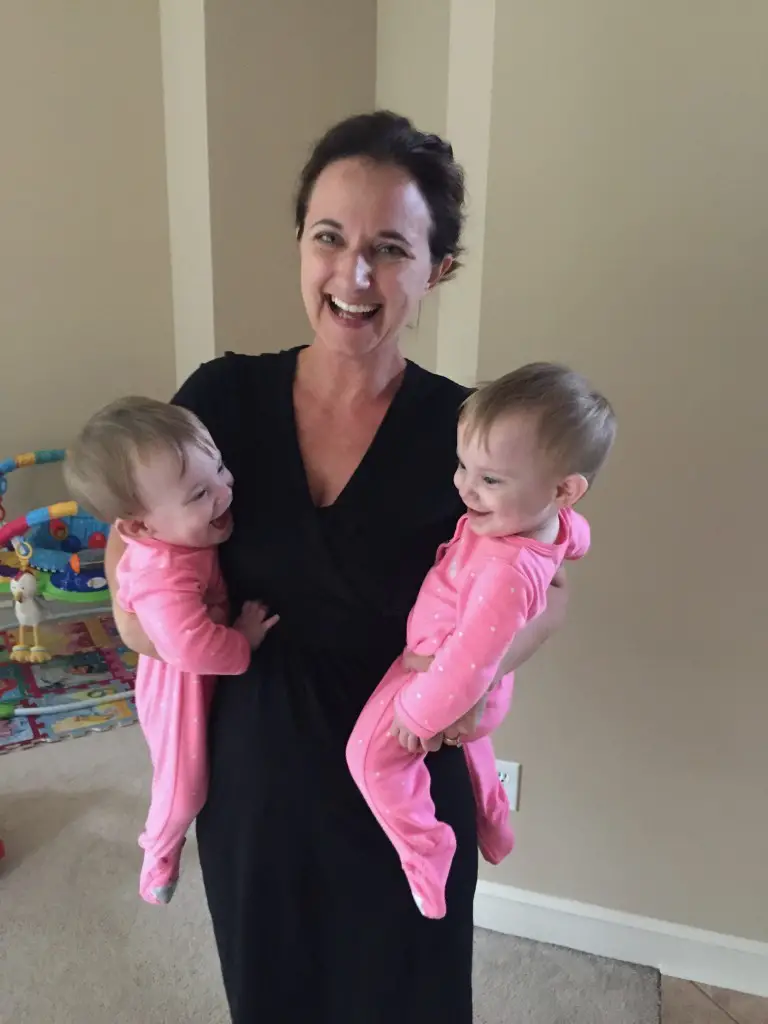
Much Love,
Jen xo
Find out what happens next on our twin journey…Part 2
